The standard method for climbing a route involves leading and seconding. Leading is, as the name suggests, going first up a climb with the rope trailing below. When seconding you follow the climb, with the rope held from above you by the leader.
While both leader and second are protected by the rope while they climb, the second has a much higher level of protection and should not go far should they fall. The leader is only as safe as the protection they can arrange while climbing and so leading a route has a higher level of risk than seconding. Because of this, it is usual for a novice climber to second a number of climbs before attempting a lead.

|
After choosing a route to climb, the leader has tied into one end of the rope and the second has tied into the other (it is a good idea to use the buddy system where you check each other's knots).
The second then puts the leader on belay by passing the rope through their belay device. The belay device allows the second to control and pay out the rope, and arrest (hold) any falls should they occur. |
| Now that the leader is on belay, he can start to climb. The second feeds the rope out through the belay device so as not to impede the leader's movement.
As the leader gains height, they must find protection (also known as 'running belays' or 'runners') to ensure their safety. The protection is clipped to the rope with a quickdraw (also called an extender) so that the rope may pass freely as the leader moves past. |
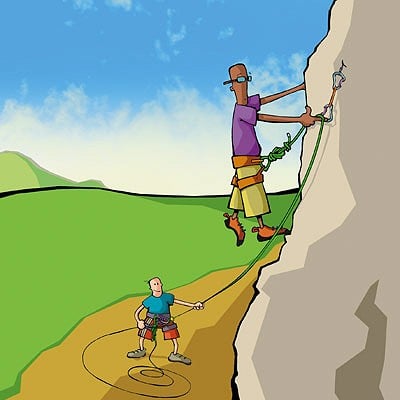
|
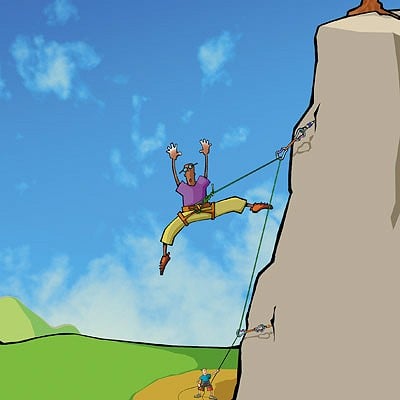
|
The leader has taken a fall from the climb! His well-placed protection has held and his partner has locked-off the belay device to prevent any more rope from passing through it.
Phew, the system has worked! |
| The leader has reached the top of the route and has secured himself to a belay. A belay is a solidly fixed anchor (one or several pieces of equipment) that the leader can attach too.
The leader then informs the second that they are safe and can take the leader off belay by removing the belay device from the rope. The leader will then pull up any slack rope and put the second on belay so they can start to climb. |

|
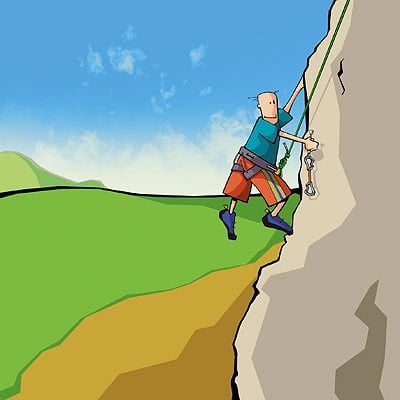
|
As the second climbs, the leader takes in the slack rope.
When the second arrives at a piece of protection, it is their job to remove it and carry it with them by attaching it to their harness. |
| Now it's the second's turn to fall! But no need for drama - the leader has locked-off the belay device and the second has fallen only a very short distance. | 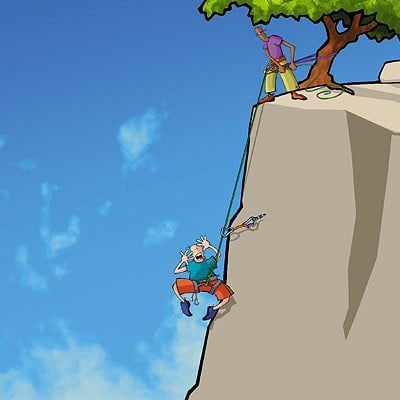
|

|
The second has arrived at the top of the route. Now that both leader and second are safely on top, the leader may take the second off-belay, dismantle the belay and both leader and second can untie from the rope, sort out the gear, descend to the base of the cliff and move on to their next climb. |
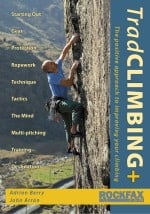
Trad CLIMBING +
The Rockfax book Trad CLIMBING + covers all aspects of trad climbing from your very first route to the techniques required for serious leads and long multi-pitch expeditions. It has chapters on gear, protection and ropework, as well as more advanced aspects like tactics and the mind.



Comments